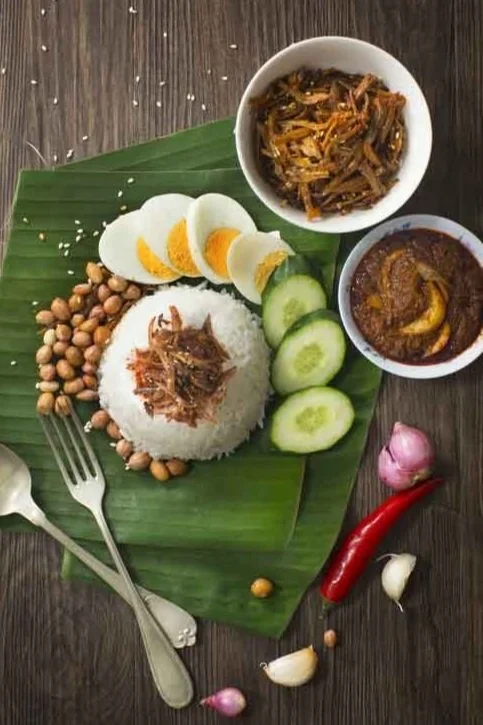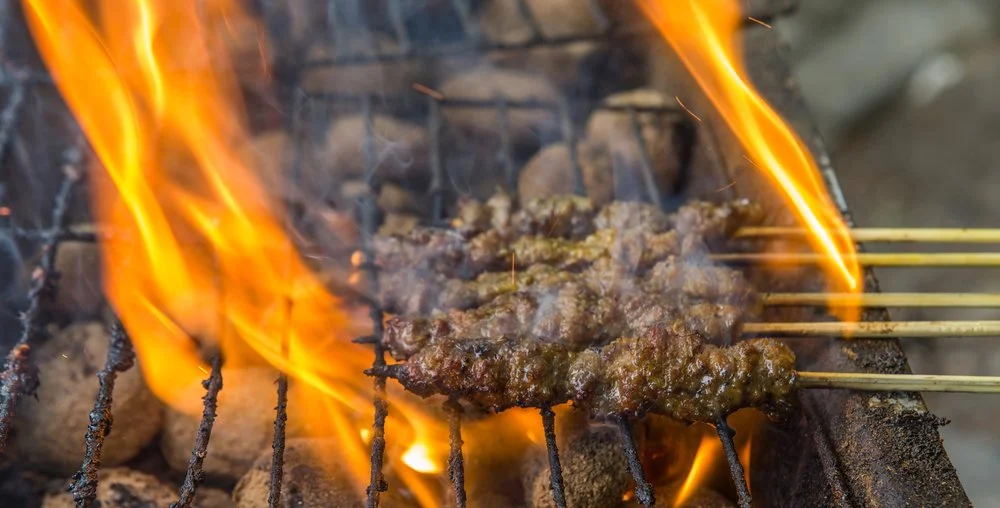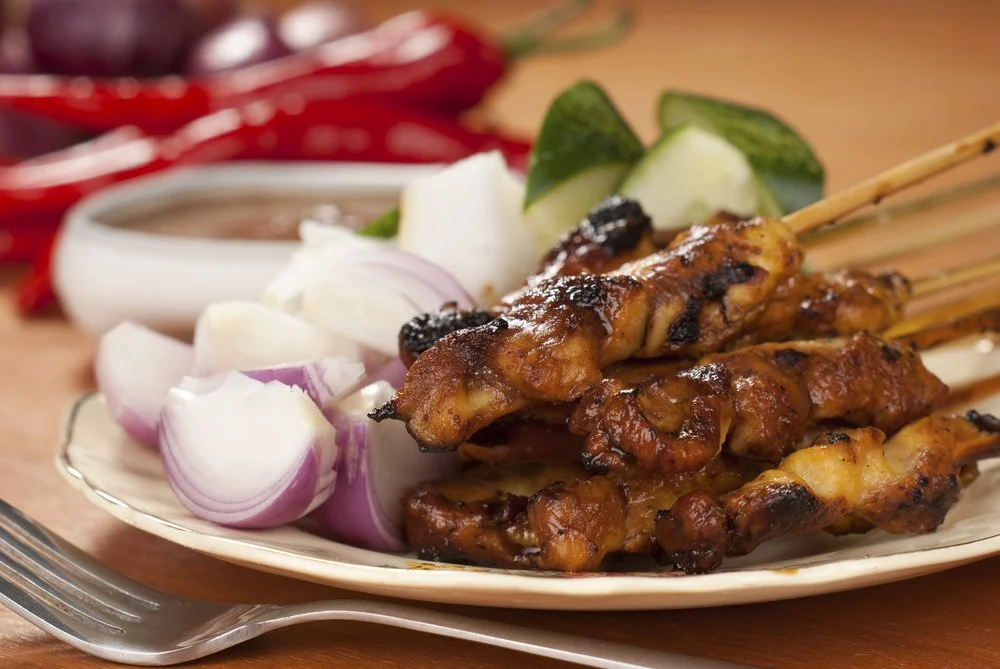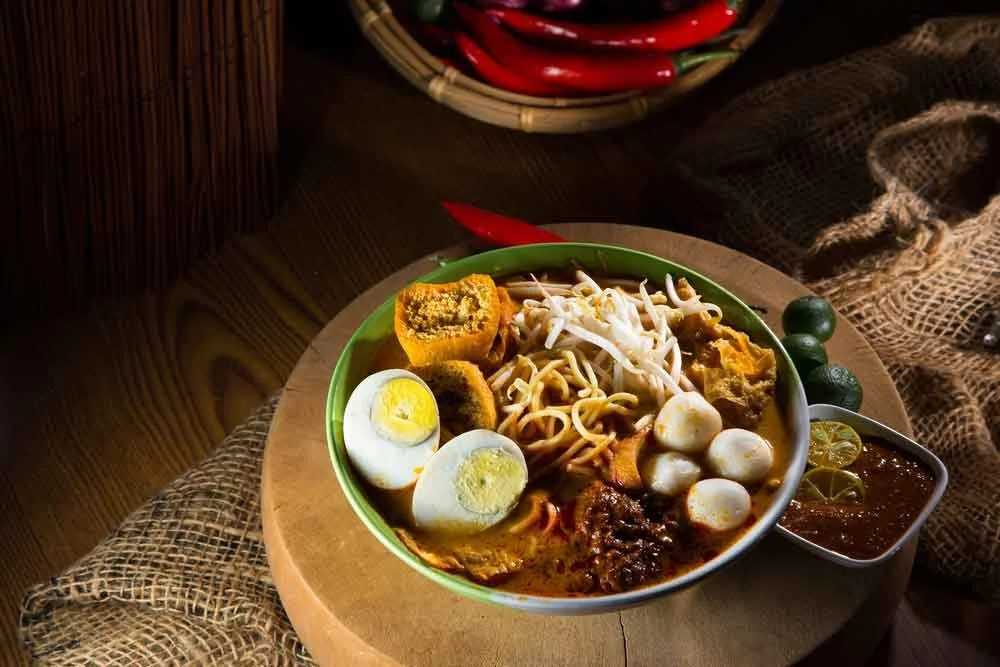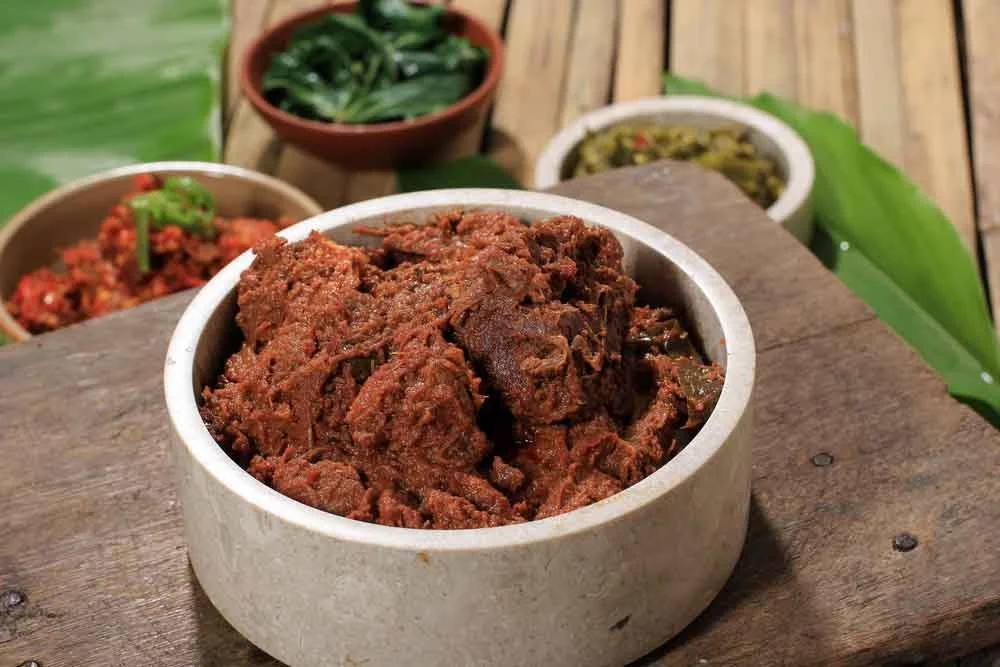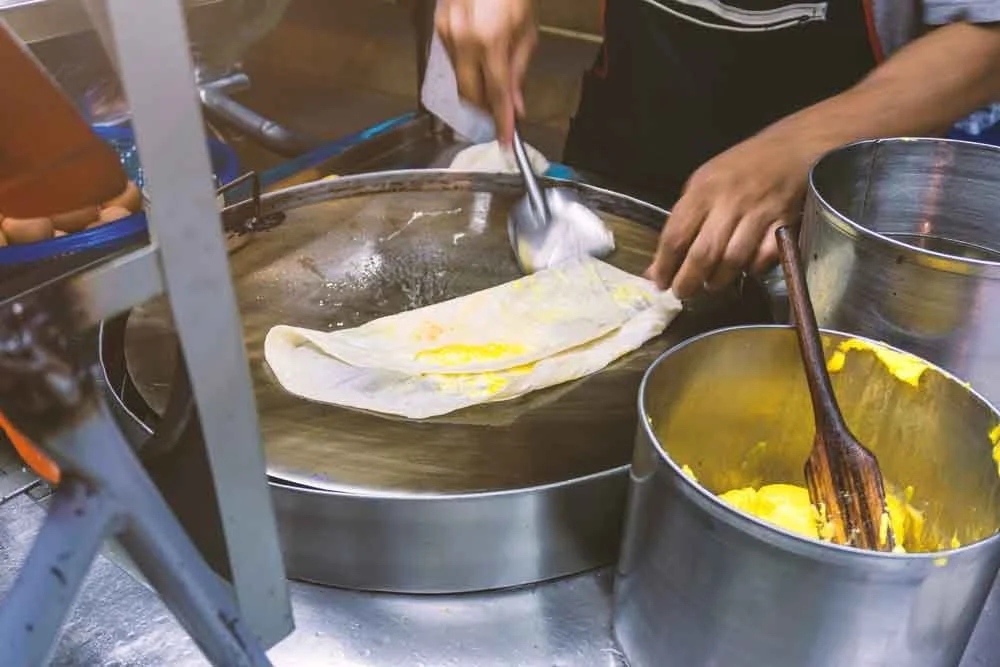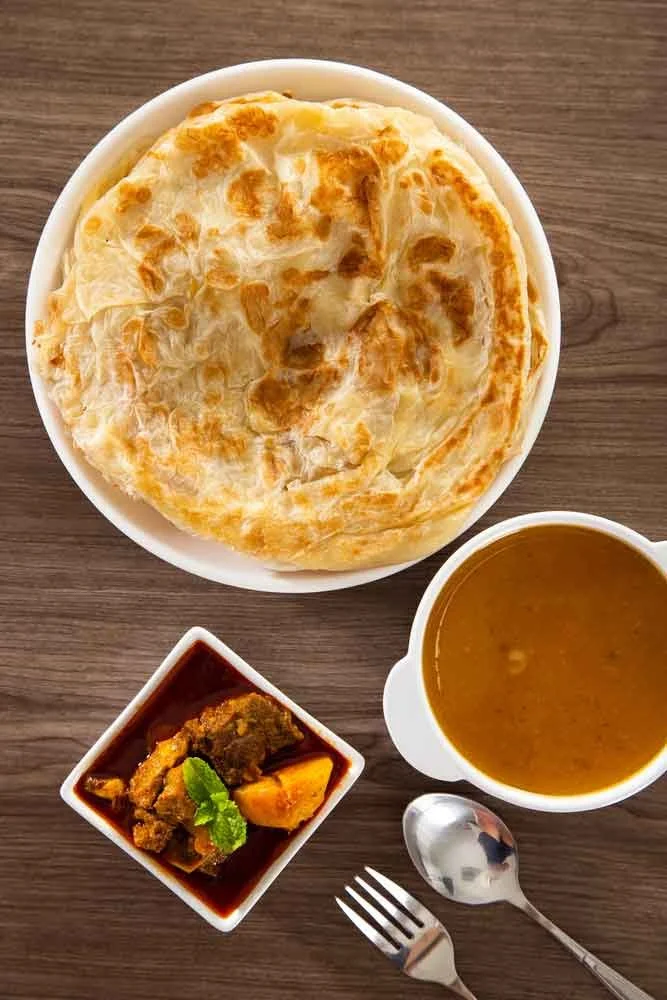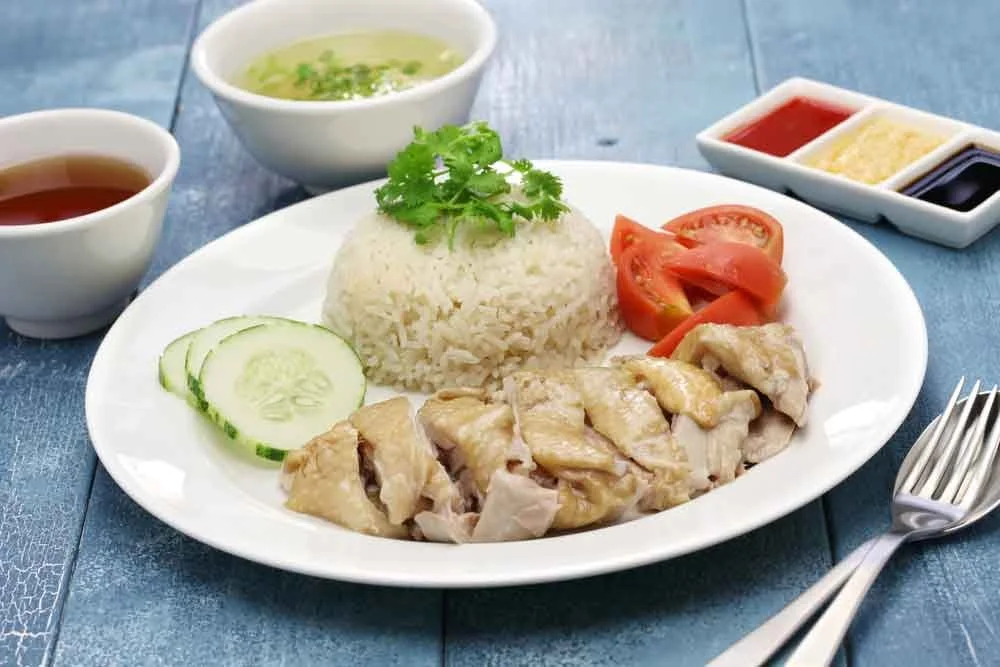Exploring the Rich Flavors of Malaysian Cuisine
At the heart of Malaysian cuisine lies a rich palette of flavors and aromas. The use of fresh herbs enhances the flavor of dishes. Ingredients like lemongrass, galangal, and kaffir lime leaves add a unique aroma. Spices such as turmeric, cumin, and coriander contribute to the overall taste. Together, they create dishes that are both fragrant and delicious. These herbs and spices offer more than just taste; they hold cultural significance and health benefits. They are often used in traditional remedies and wellness practices. The mastery in balancing these ingredients is what gives Malaysian food its distinctive taste.
The Role of Fresh Ingredients
Freshness is paramount in Malaysian cooking, and markets brimming with vibrant produce are a common sight. Vegetables and herbs are chosen not only for their flavor but also for their health benefits. The emphasis on fresh ingredients ensures that the dishes are not only tasty but also nutritious. These markets are social hubs where the community gathers, sharing recipes and cooking tips, thus perpetuating the culinary traditions.
The Importance of Spices
Spices are the soul of Malaysian cuisine, transforming simple ingredients into extraordinary dishes. Each spice, whether ground or whole, is carefully selected and often toasted to release its full aroma. The incorporation of spices such as star anise, cardamom, and cloves, frequently used together, constitutes the essential foundation of numerous Malaysian curries and stews. The careful handling of spices is a mark of skill and experience in Malaysian kitchens.
The Harmony of Flavors
Malaysian cuisine is famous for its blend of flavors, where sweet, sour, salty, and spicy elements come together. Ingredients such as coconut milk, tamarind, and belacan, which is shrimp paste, enhance the dishes. They contribute depth and richness. This makes the flavors both complex and satisfying. This balance goes beyond taste; it mirrors the cultural harmony in Malaysia. Here, diverse communities live together peacefully, each adding to the rich culinary landscape.
Famous Malaysian Dishes
Nasi Lemak, a national breakfast dish.
Nasi Lemak
Nasi Lemak is arguably the most iconic dish in Malaysia. Traditionally served as a breakfast dish, it consists of fragrant rice cooked in coconut milk, served with spicy sambal, crispy anchovies, toasted peanuts, and hard-boiled eggs. The preparation of Nasi Lemak begins with selecting the perfect rice, usually jasmine, for its aromatic quality. The coconut milk used must be fresh to impart the creamy texture that is characteristic of the dish.
Variations and Accompaniments
While the basic components of Nasi Lemak remain the same, variations abound depending on regional and personal preferences. Some versions include a slice of cucumber for freshness or a piece of fried chicken for added protein. The sambal, a crucial component, can range from mildly spicy to extremely hot, depending on the chili used. Each variation offers a new perspective on this beloved dish, making it a versatile favorite.
Cultural Significance
Nasi Lemak is more than just a meal; it is a symbol of Malaysian identity. It is enjoyed by people from all walks of life, serving as a unifying dish that transcends ethnic and cultural boundaries. It is often featured at national events and celebrations, underscoring its status as a national dish.
Cooking satay over an open flame is a true art, demanding expertise to guarantee that the meat is evenly cooked and retains its juiciness.
Malaysian beef satay is a popular dish that showcases the rich flavors of Southeast Asian cuisine. This grilled meat skewer is usually made from marinated beef. The beef is cut into small pieces and threaded onto bamboo skewers. The marinade typically includes a mix of spices, shallots, garlic, and a hint of coconut milk. This combination creates tender, flavorful meat that enhances the dish's authenticity.
To prepare beef satay, the marinated meat is grilled over an open flame. This method gives the meat a smoky char that enhances the savory spices. Traditionally, it is served with a peanut sauce, which adds a creamy and slightly sweet flavor. This sauce perfectly balances the spices in the beef. Sliced cucumbers, onions, and sometimes rice cakes usually accompany the satay. These sides provide a refreshing contrast to the rich taste of the skewers.
Beef satay is not merely a popular street food. It serves as a delightful appetizer for gatherings. Additionally, it can be a satisfying main dish when paired with rice. Its appeal has grown significantly, making it a staple at Malaysian restaurants. One such place is PappaRich, where diners can enjoy the authentic flavors of this beloved dish right in the heart of New York City. Enjoying beef satay is a wonderful way to experience Malaysia's vibrant culinary heritage.
The meat is soaked in a blend of turmeric, coriander, and various spices, yielding a striking hue and an enticing taste.
Satay
Satay is a popular Malaysian dish featuring skewered and grilled meat, typically chicken or beef, served with a rich peanut sauce. The meat is marinated in a mixture of turmeric, coriander, and other spices, resulting in a vibrant color and a tantalizing flavor. The marinade is crucial, as it tenderizes the meat and infuses it with flavor, making each bite a delight.
Cooking Techniques
Grilling satay over an open flame is an art form, requiring skill to ensure the meat is cooked evenly and remains juicy. The smoky aroma from the charred edges adds another layer of flavor, making satay all the more irresistible. Street vendors are frequently observed stoking the fires, showcasing the arduous effort involved in crafting this cherished culinary delight.
A Social Experience
Satay is often enjoyed as a street food snack or as part of a larger meal, making it a staple in Malaysian food culture. It is typically served with a side of cucumber and onions, which provide a refreshing contrast to the rich peanut sauce. Eating satay is a communal experience where friends and family gather to share a platter of skewers, fostering a sense of togetherness.
Laksa
Laksa is a spicy noodle soup that comes in many regional variations. The most famous versions are Curry Laksa, which features a coconut milk-based broth, and Asam Laksa, which boasts a tamarind-infused, sour fish broth. Each type of Laksa reflects the diversity of Malaysia's culinary landscape, with ingredients and flavors varying from one region to another.
Ingredients and Preparation
Assam Laksa
The preparation of Laksa is meticulous, with each ingredient playing a vital role in creating the rich and flavorful broth. Fresh herbs, spices, and seafood are carefully selected to ensure the highest quality. The noodles, often made from rice, add texture and substance, making Laksa a hearty and satisfying meal.
Regional Variations
Curry Laksa and Asam Laksa are the most famous types, but many regional versions exist, each with a unique twist. For example, Sarawak Laksa is known for its delicate flavors and local spices. In contrast, Penang Laksa is celebrated for its strong, tangy fish broth. These regional differences showcase the creativity and adaptability of Malaysian cuisine, allowing it to evolve while preserving its roots.
Traditional Malaysian Cuisine
Rendang
Rendang is a traditional dish of slow-cooked meat, usually beef, simmered in a rich concoction of coconut milk and spices until tender. The result is a dry, flavorful curry that is often served during festive occasions and celebrations. The preparation of Rendang is a labor of love, requiring patience and attention to detail.
Cooking Process
The process of making Rendang is time-consuming, with the meat simmered slowly to allow the flavors to meld and the sauce to thicken. This slow cooking method ensures that the meat is tender and infused with the rich spices. The dish is often left to sit overnight, allowing the flavors to deepen, resulting in an even more delicious dish the next day.
Global Recognition
Rendang's complex flavor profile has earned it a place among the world's most delicious foods. It has gained international acclaim, with chefs and food enthusiasts worldwide attempting to recreate this iconic dish. Despite its global popularity, Rendang remains a deeply personal dish, with each family having its unique recipe passed down through generations.
Observing a talented vendor prepare Roti Canai is truly captivating.
Roti Canai
A dish influenced by Indian cuisine is a common breakfast item and favored street food.
Roti Canai is a flaky, buttery flatbread that is popular throughout Malaysia. This Indian-influenced dish is a breakfast staple and a popular street food choice. It is often enjoyed with dhal curry or chicken curry. The preparation of Roti Canai is a skill that requires practice, as the dough must be flipped and stretched to achieve the desired texture.
The Art of Making Roti Canai
Making Roti Canai involves a unique technique of tossing and stretching the dough until it is paper-thin. This process requires dexterity and experience, and watching a skilled vendor make Roti Canai is a mesmerizing experience. The dough is then folded and cooked on a hot griddle, resulting in a light and crispy texture that is simply irresistible.
Versatility and Variations
Roti Canai is incredibly versatile, with various fillings and accompaniments that cater to different tastes. Roti Canai offers a variety of fillings. You can choose savory options like cheese and egg, or sweet choices like condensed milk and sugar. This dish can be tailored to fit any taste.. This adaptability has contributed to its widespread popularity, making it a beloved dish across Malaysia.
Street vendors often add their distinctive touch to every meal, which could stem from a hidden sauce or a unique ingredient.
Char Kway Teow
Char Kway Teow is a beloved noodle dish that showcases the Chinese influence on Malaysian cuisine. Made with flat rice noodles, shrimp, Chinese sausage, bean sprouts, and chives, it is stir-fried over high heat with soy sauce and chili paste. The preparation of Char Kway Teow is a delicate balance of flavors and textures, requiring skill and precision.
Wok Hei: The Secret Ingredient
The smoky flavor imparted by the wok cooking technique, known as "wok hei," elevates this dish to legendary status. Achieving wok hei requires cooking at high heat while constantly stirring. This ensures the ingredients are seared perfectly without burning. This technique showcases the cook's skill and adds a unique depth of flavor to Char Kway Teow.
The crafting of Char Kway Teow demands a careful harmony of tastes and textures, necessitating both skill and accuracy.
A Street Food Favorite
Char Kway Teow is a staple in Malaysian street food culture, often enjoyed as a quick and satisfying meal. The combination of textures, from the chewy noodles to the crunchy bean sprouts, makes it a delightful eating experience. Street vendors frequently infuse their unique flair into each dish. This may come from a secret sauce or a special ingredient. As a result, no two plates are ever quite the same.
Popular Malaysian Cuisine
Hainanese Chicken Rice
Hainanese Chicken Rice is a simple yet satisfying dish that originated from Hainan, China, and has become a Malaysian favorite. It features poached chicken served with fragrant rice cooked in chicken broth, accompanied by a trio of dipping sauces: chili sauce, ginger paste, and soy sauce. The simplicity of this dish belies the skill required to prepare it to perfection.
The key to achieving exceptional Hainanese Chicken Rice is rooted in both the quality of the chicken and the method of preparation.
For numerous Malaysians, Hainanese Chicken Rice embodies comfort food, evoking feelings of nostalgia and a cozy warmth.
The Key to Perfect Chicken Rice
The secret to a successful Hainanese Chicken Rice lies in the quality of the chicken and the cooking technique. The chicken is poached gently to retain its natural juices and tenderness, while the rice absorbs the rich flavors of the chicken broth. The trio of sauces complements the dish, each adding a unique layer of flavor that enhances the overall experience.
A Comfort Food Classic
Hainanese Chicken Rice is considered comfort food by many Malaysians, offering a sense of nostalgia and warmth. It is often enjoyed as a family meal, with each person adding their preferred amount of sauce to customize their dish. This adaptability, combined with its comforting flavors, has cemented its place as a beloved dish in Malaysian cuisine.
Mee Goreng Mamak
Mee Goreng Mamak is a spicy, stir-fried noodle dish that reflects the Indian Muslim influence in Malaysia. It combines yellow noodles with eggs, tofu, potatoes, and vegetables, all tossed in a sweet and spicy sauce. The preparation of Mee Goreng Mamak is a lively process. Ingredients are added quickly to create the perfect balance.
The Fusion of Flavors
The fusion of flavors in Mee Goreng Mamak is a testament to Malaysia's multicultural heritage. The dish combines elements from various cuisines, resulting in a unique and tantalizing flavor profile. The addition of lime wedges and crispy fried shallots adds a burst of freshness and texture, making each bite a delightful surprise.
A Street Food Staple
Mee Goreng Mamak is a key part of Malaysian street food. People often enjoy it as a late-night snack or a quick meal. You can usually find it in busy hawker centers. There, the sound of sizzling noodles and the smell of spices fill the air. Its popularity shows how tasty it is and highlights Malaysia's lively street food scene.
The Cultural Significance of Malaysian Cuisine
Malaysian cuisine is more than just tasty dishes. It shows the country's diverse culture and rich history. Every meal celebrates the many influences that shape Malaysia's food scene. Malaysia has many different flavors. You can find them in busy street food markets and fancy restaurants. These flavors show the history and culture of Malaysia.
A Culinary Melting Pot
Malaysia's culinary scene is a melting pot of cultures, with each ethnic group contributing its unique flavors and cooking techniques. The fusion of Malay, Chinese, Indian, and indigenous influences has resulted in a diverse and exciting culinary landscape. This diversity is celebrated and cherished, with each dish representing a piece of Malaysia's rich cultural mosaic.
The Role of Food in Celebrations
Food plays a central role in Malaysian celebrations and festivals, with each occasion featuring a unique array of dishes. From Hari Raya to Chinese New Year, food is an integral part of the festivities, bringing people together to share in the joy and abundance. These culinary traditions are passed down through generations, preserving the cultural heritage of Malaysia.
A Sense of Community
The communal nature of Malaysian dining emphasizes the importance of sharing and connection. Meals are often served family-style, encouraging diners to engage with each other and savor the variety of dishes. This tradition fosters a sense of community and belonging, allowing people to bond over their love of food. It is a reminder that food is not just sustenance but a means of bringing people together.
A Culinary Journey to Remember
Exploring the rich flavors of Malaysian cuisine is a journey through history, culture, and tradition. From the spicy and aromatic curries to the savory and comforting noodle dishes, Malaysian food offers something for everyone. Whether you're a seasoned traveler or a curious foodie, the culinary delights of Malaysia promise an unforgettable experience that will leave you craving for more.
An Invitation to Discover
Malaysia's culinary landscape is an open invitation to explore and discover. Each dish tells a story, offering a glimpse into the country's diverse cultural heritage. By embracing the flavors and traditions of Malaysian cuisine, you embark on a journey of discovery, learning about the people and history behind each dish.
The Lasting Impact
The flavors of Malaysian cuisine leave a lasting impression, with each meal offering a new perspective on the country's rich culinary heritage. The experience of tasting these dishes is a sensory delight, with vibrant colors, tantalizing aromas, and bold flavors coming together in perfect harmony. This culinary journey lingers in your memory, inviting you to return again and again.
Embarking on Your Culinary Adventure
So, embark on this flavorful adventure and discover the magic of Malaysian cuisine for yourself. Whether you start with a simple dish or dive into a complex curry, the journey is sure to be rewarding. Let the rich tapestry of flavors guide you through Malaysia's culinary landscape, revealing the beauty and diversity of this remarkable country.



